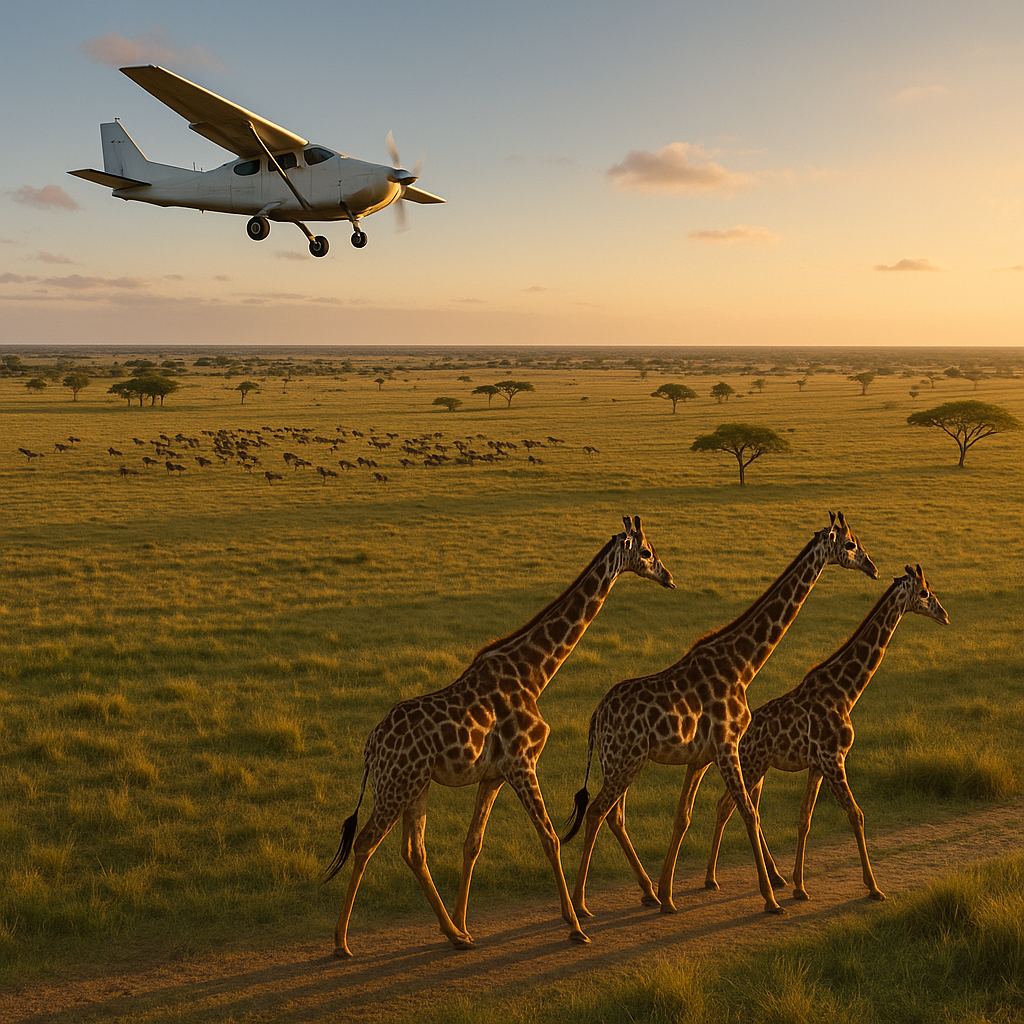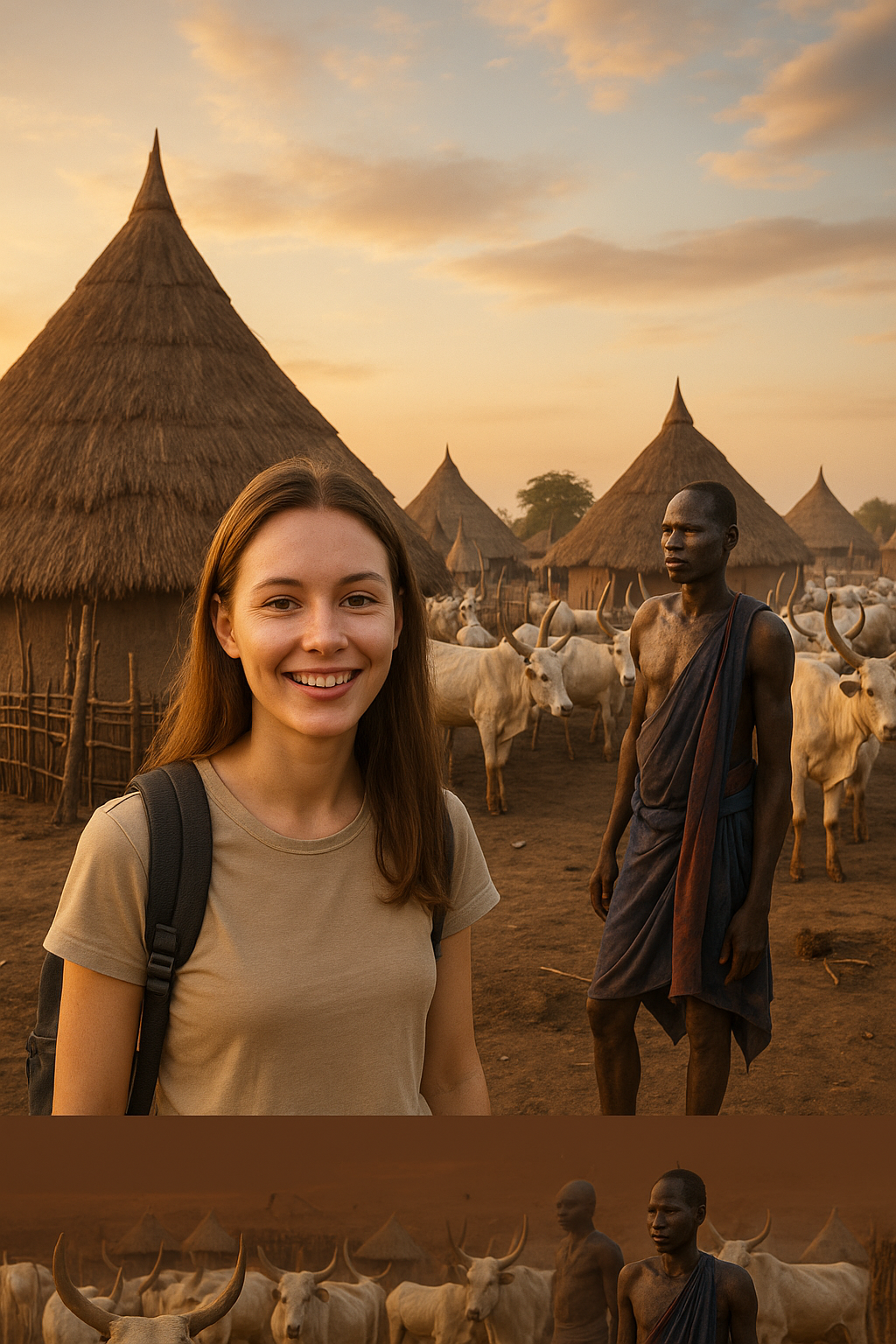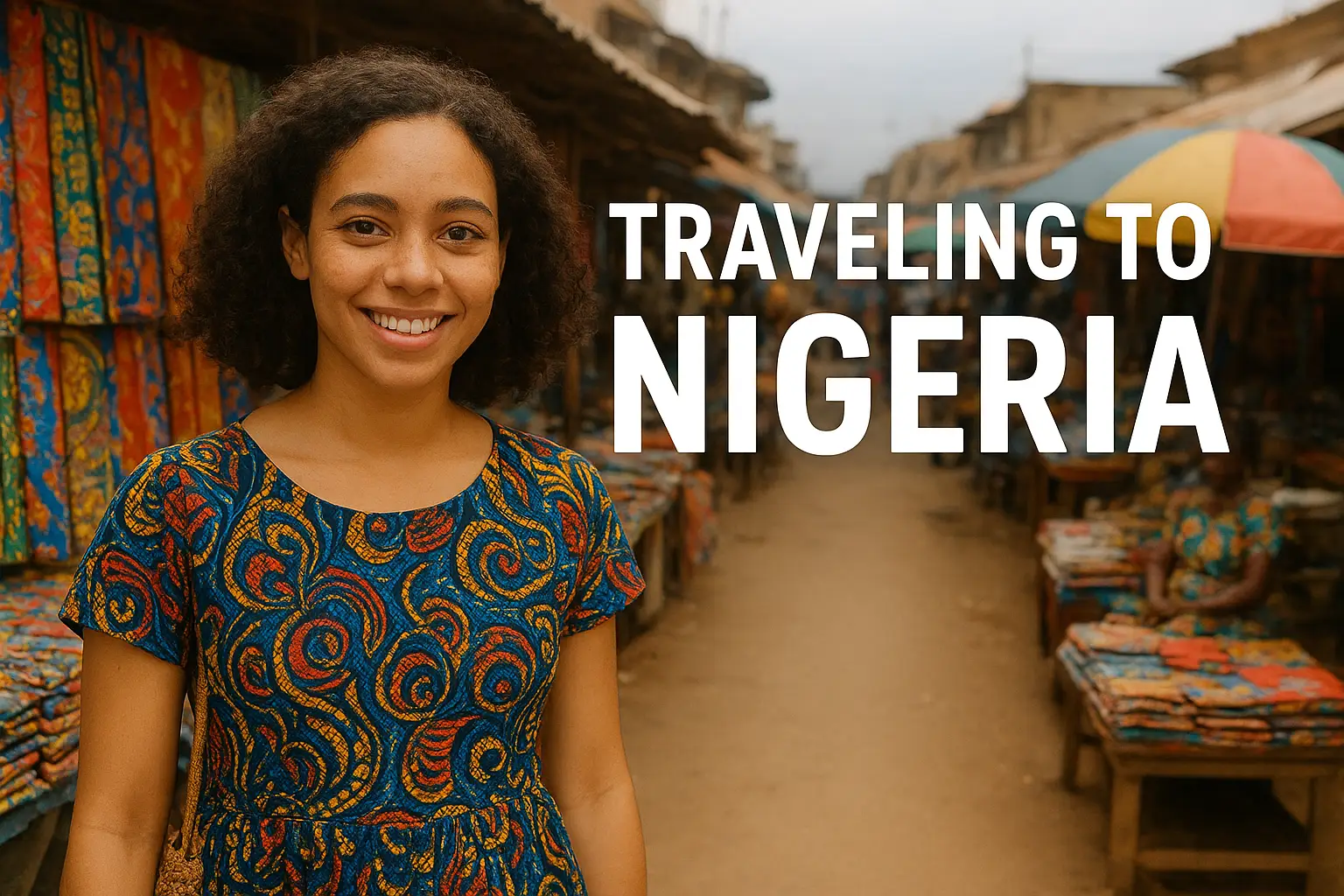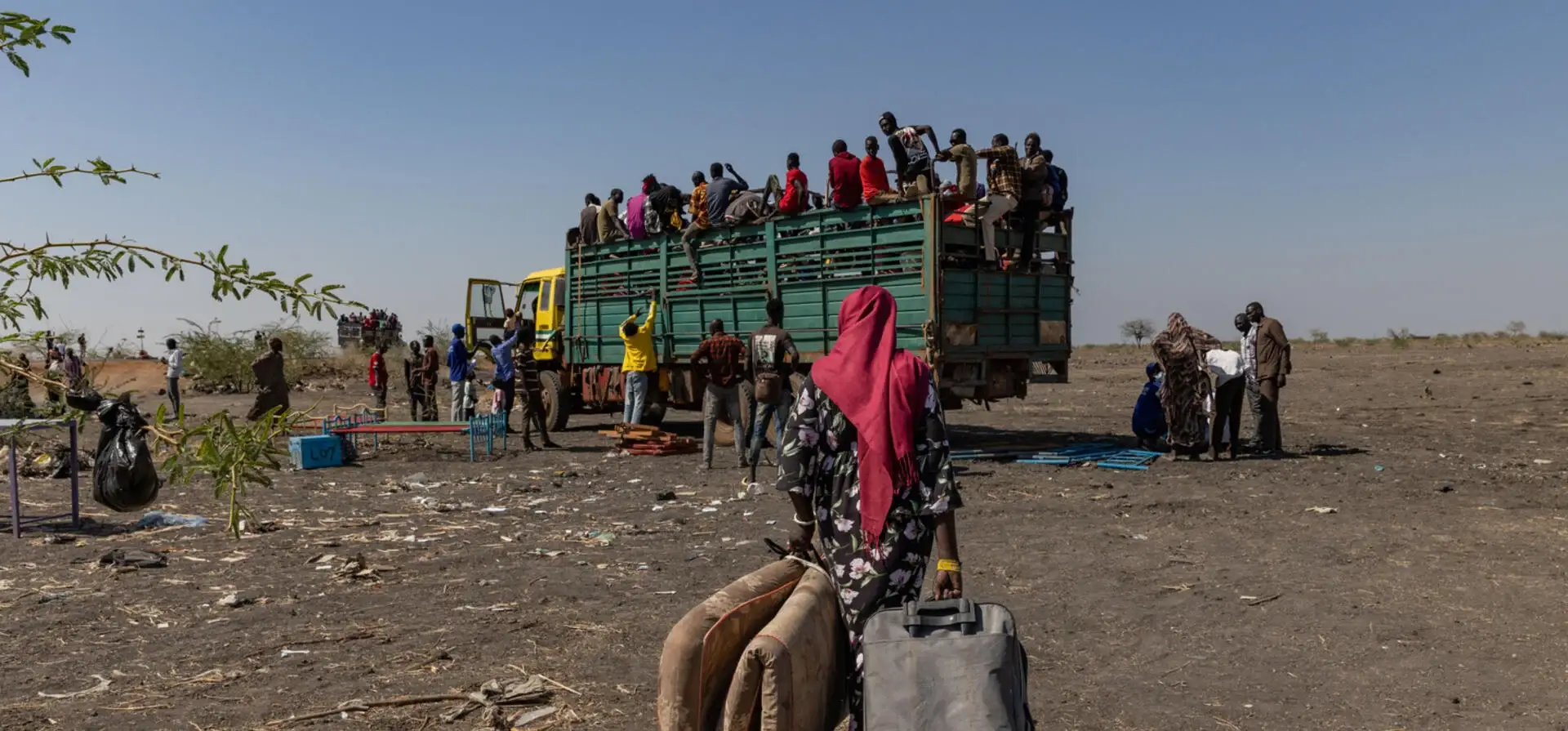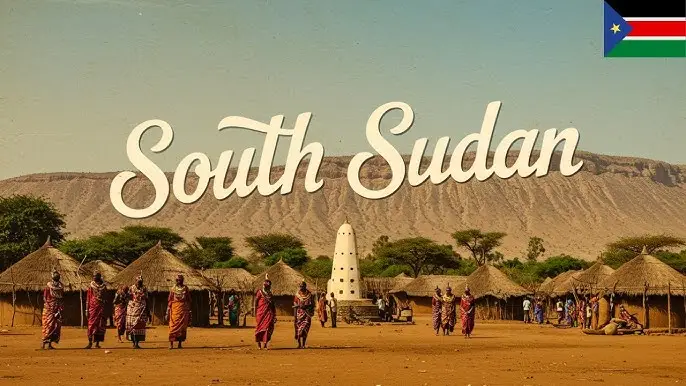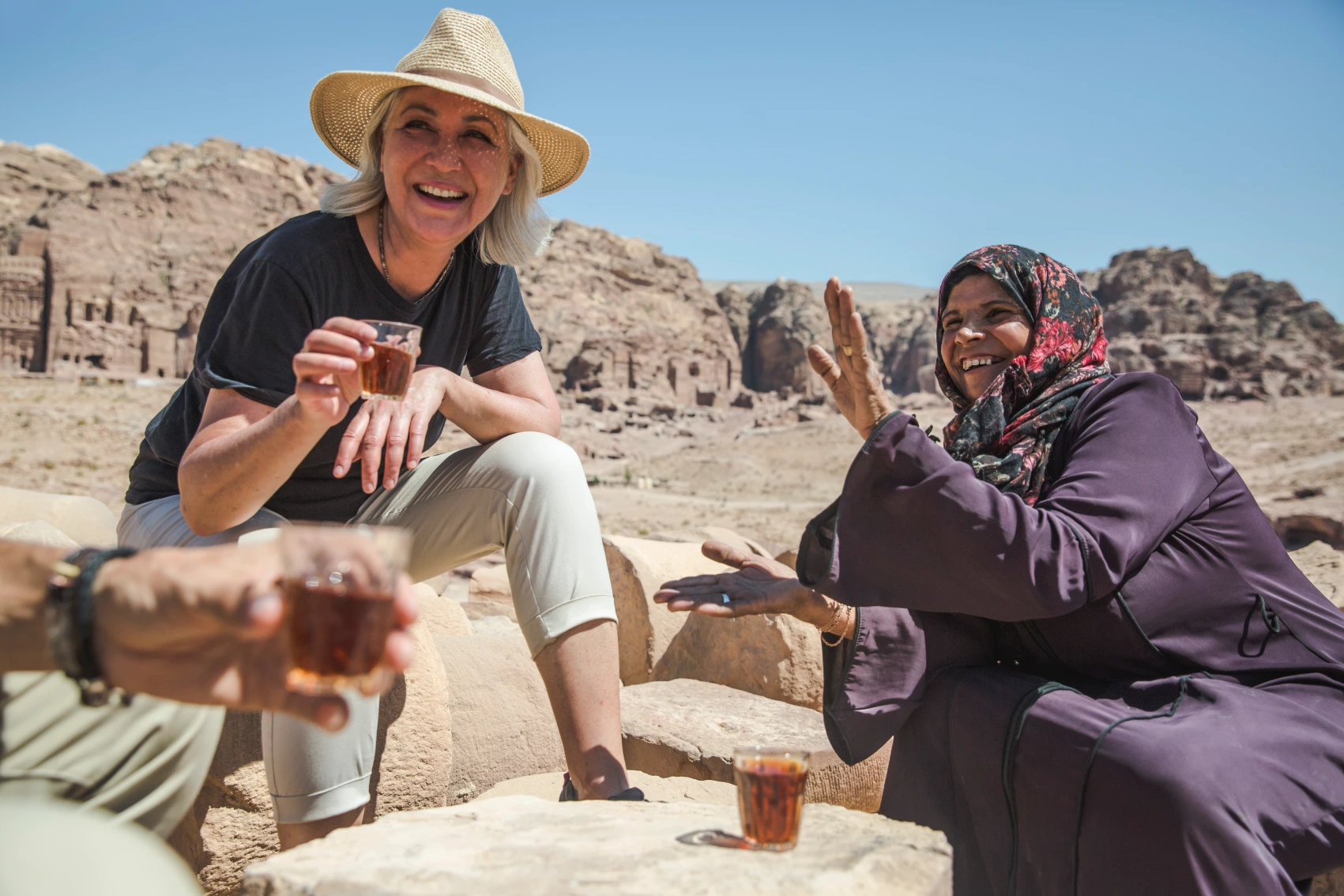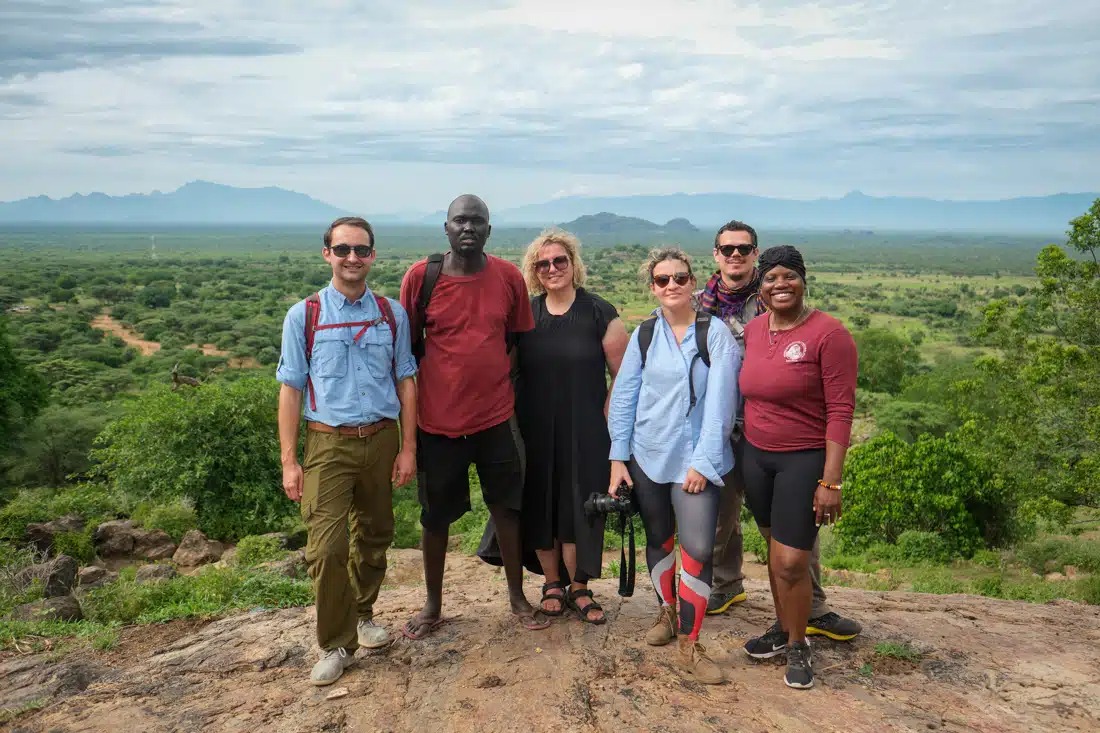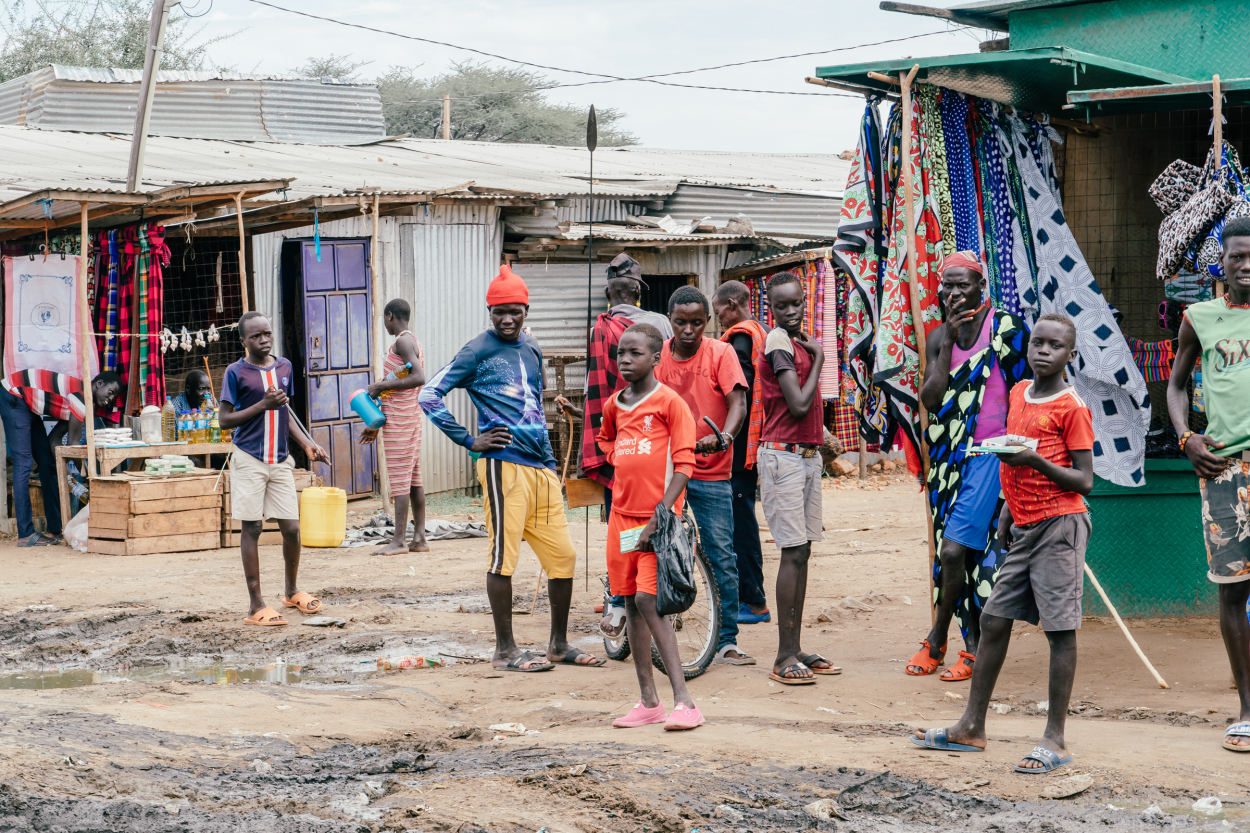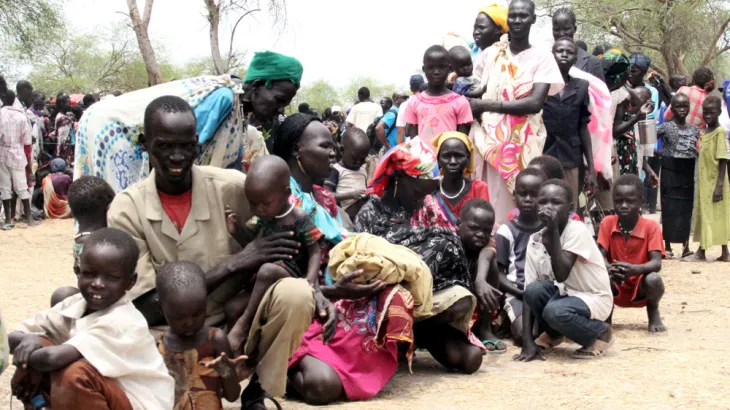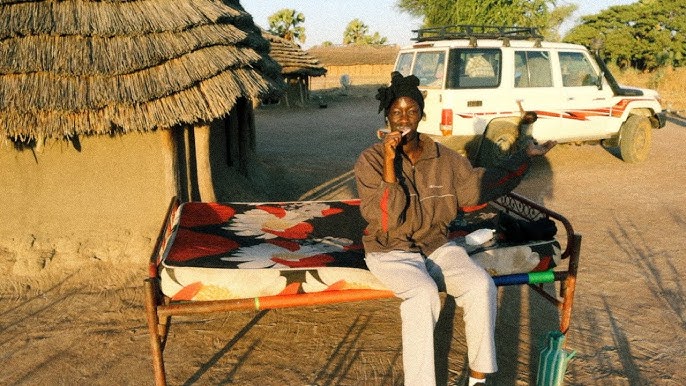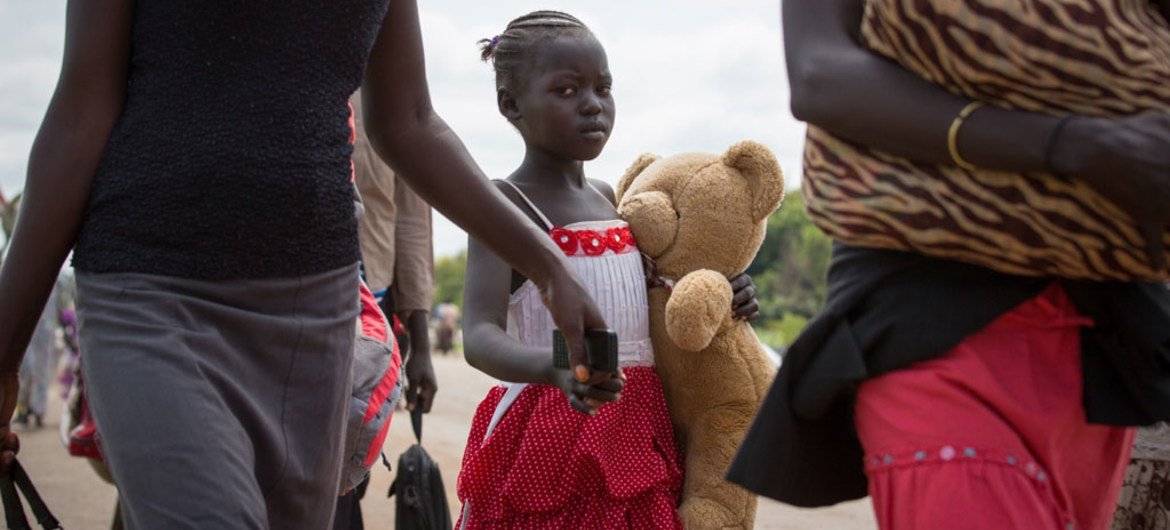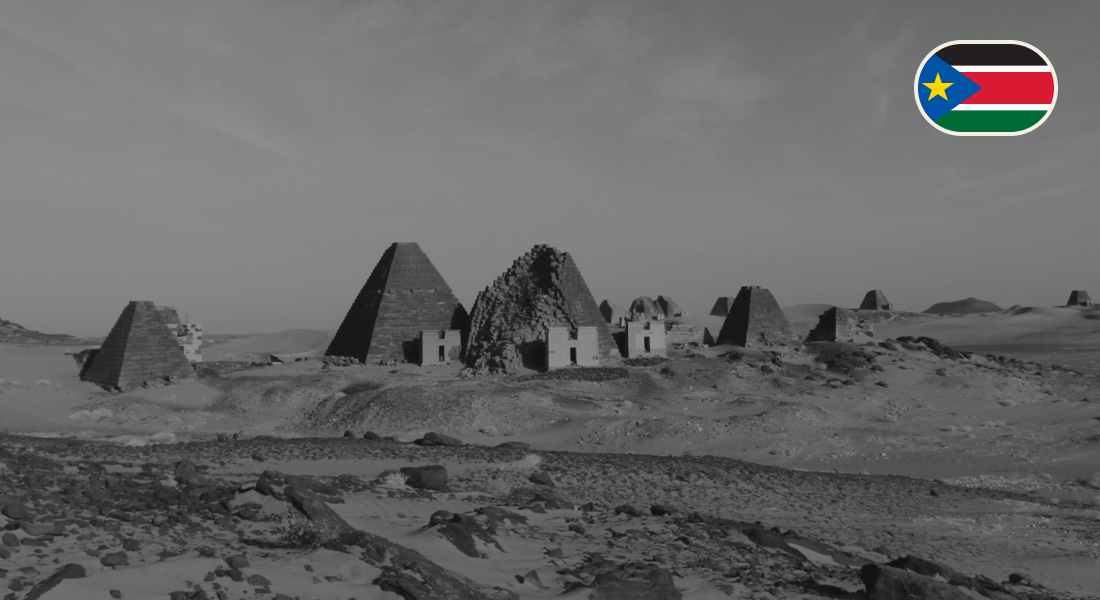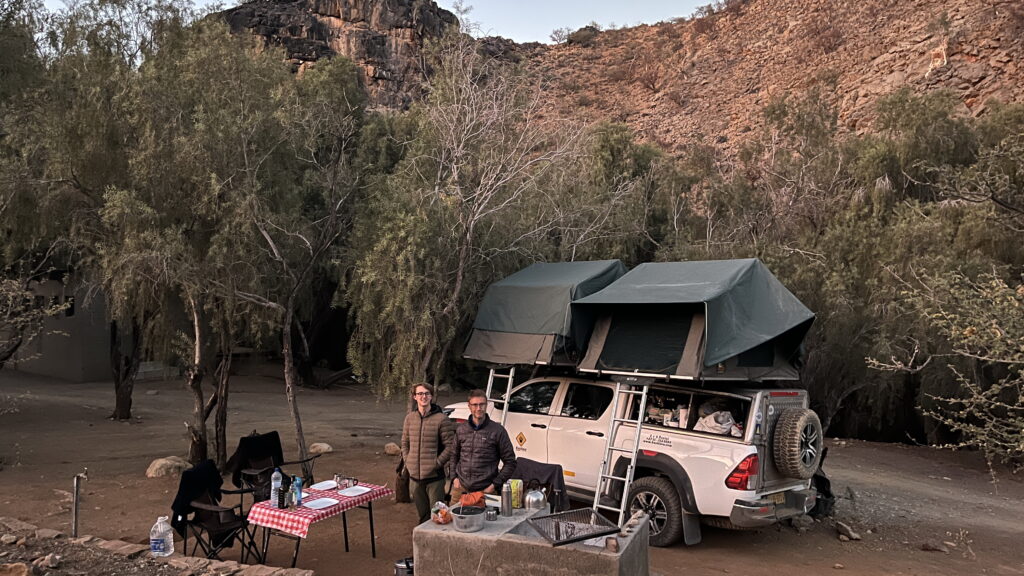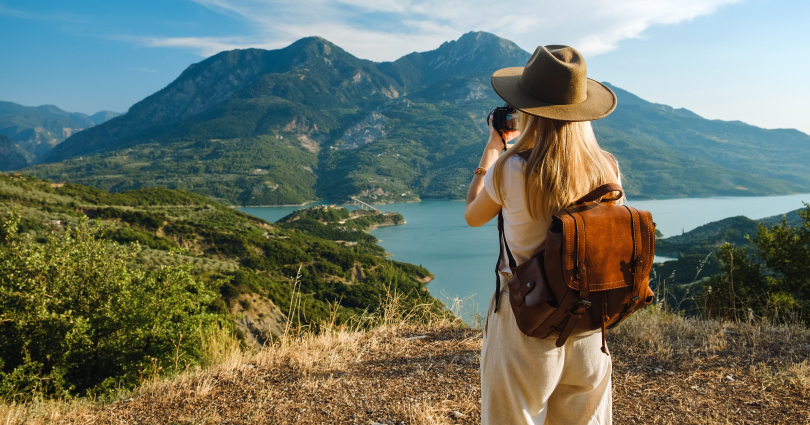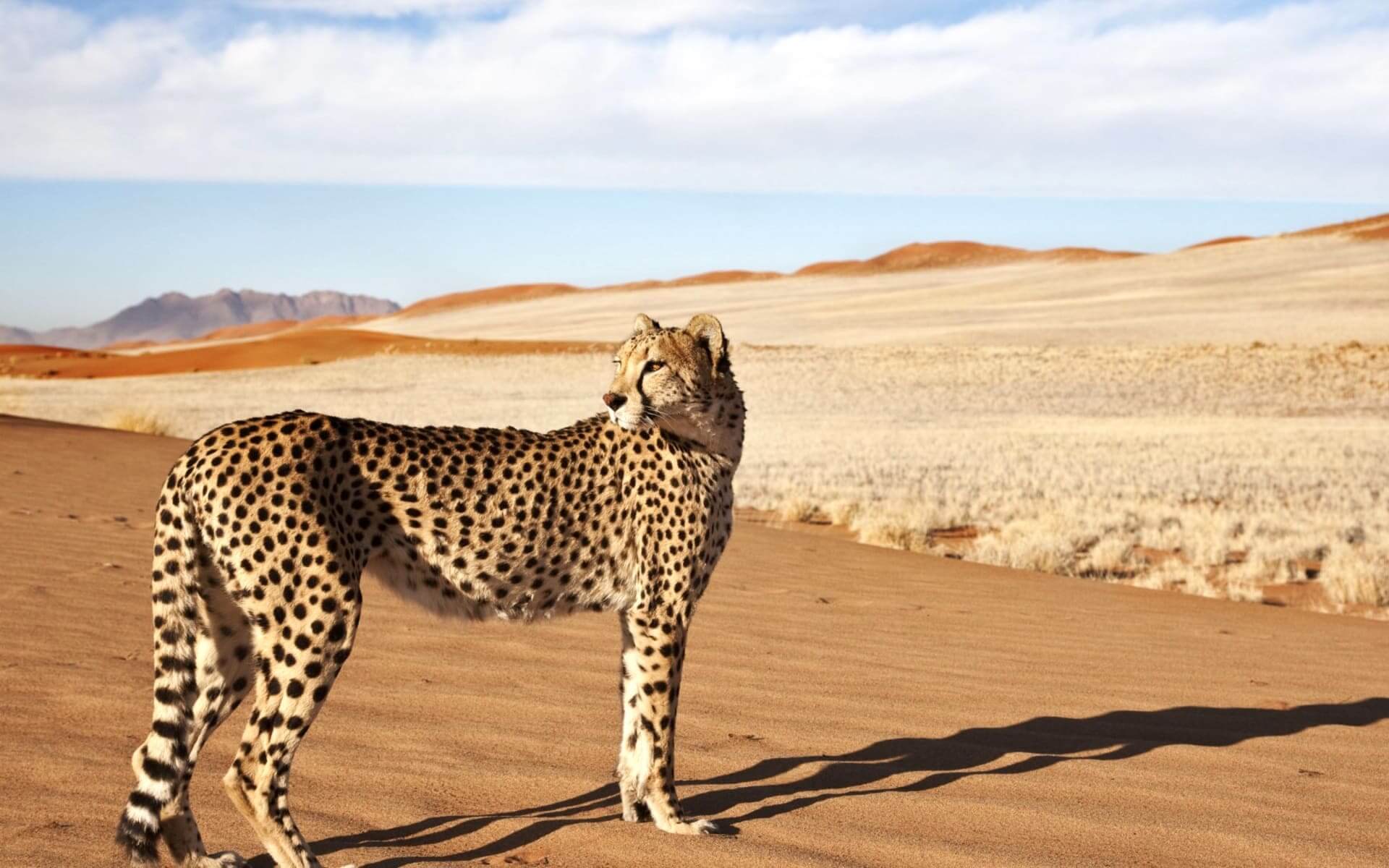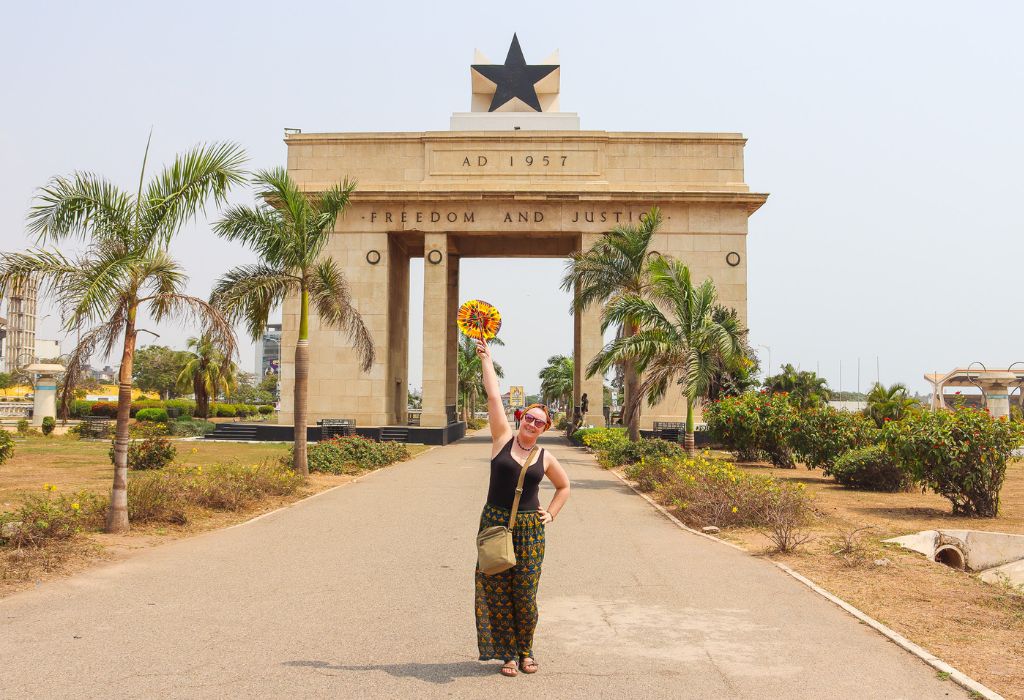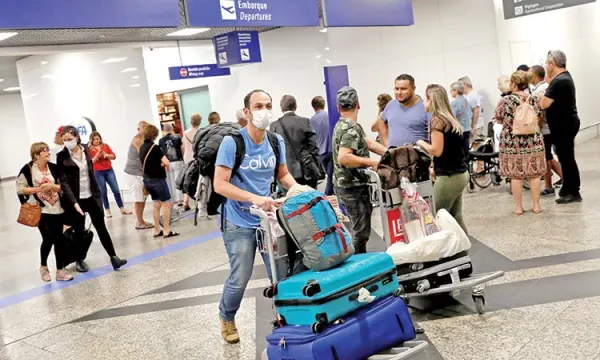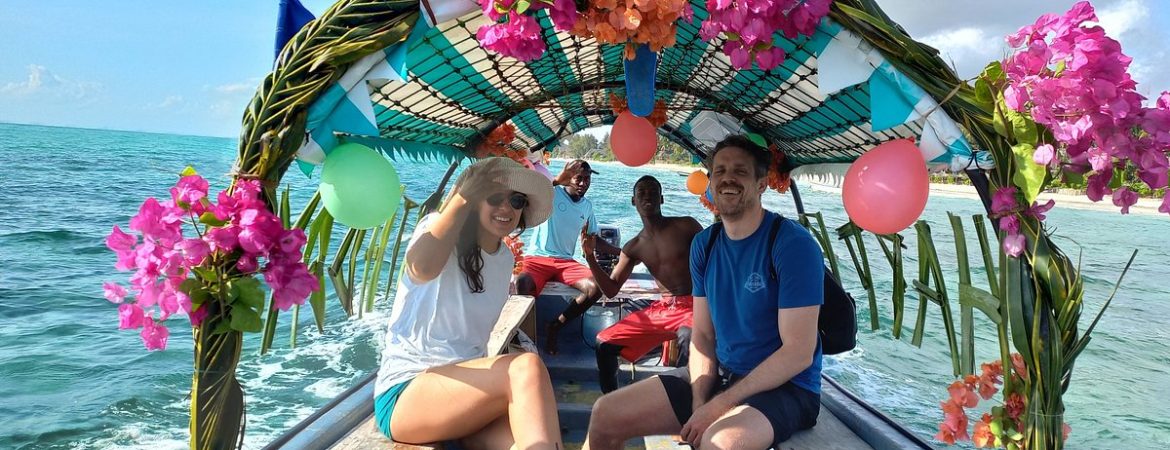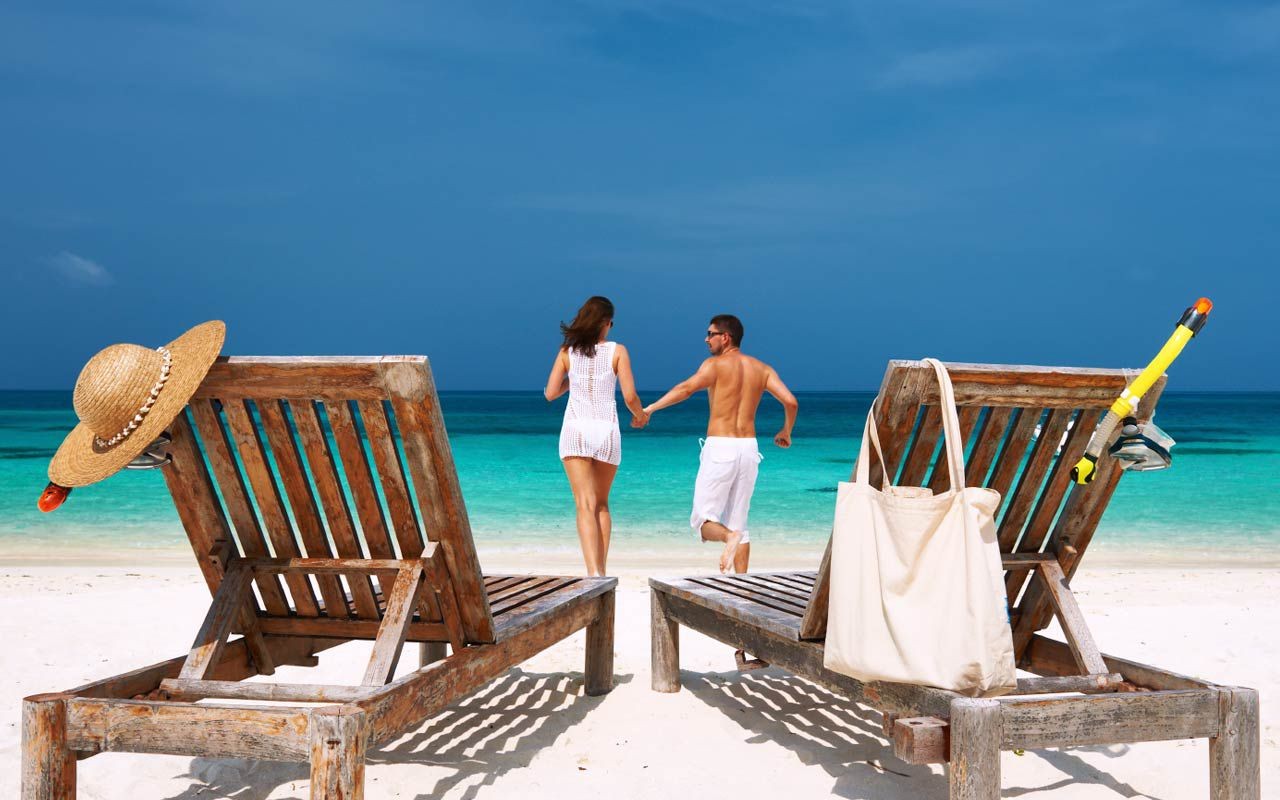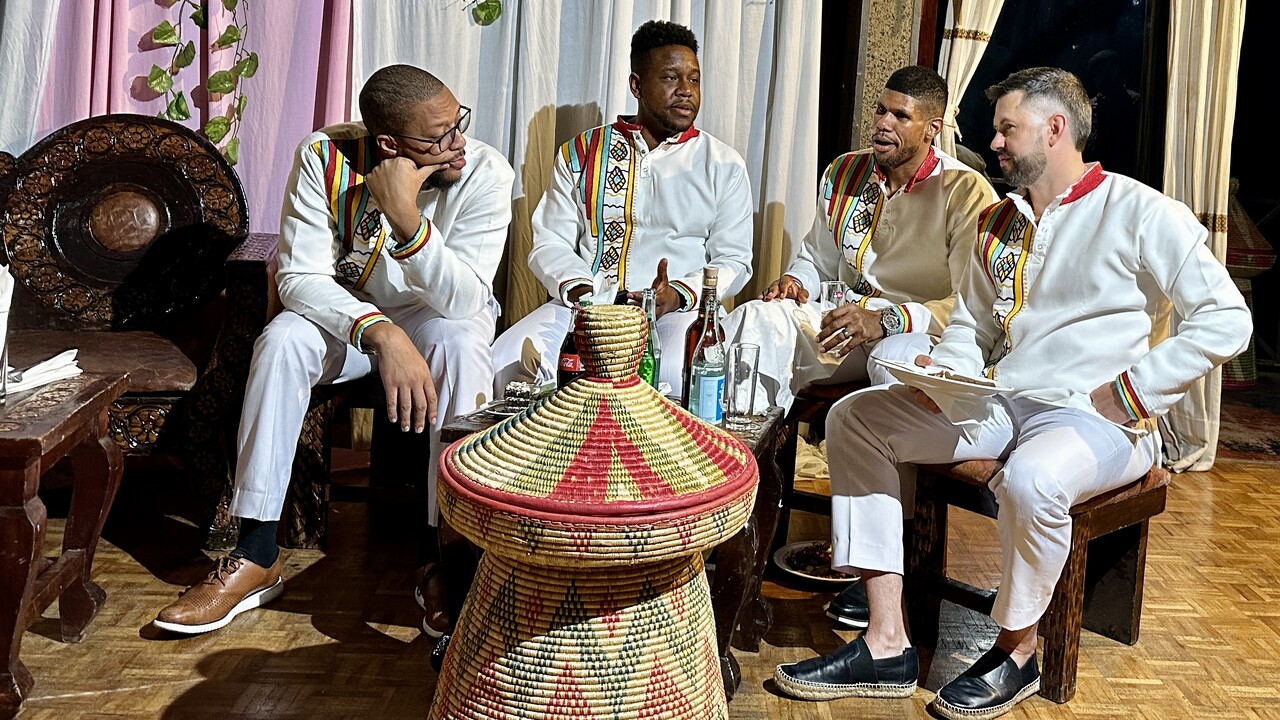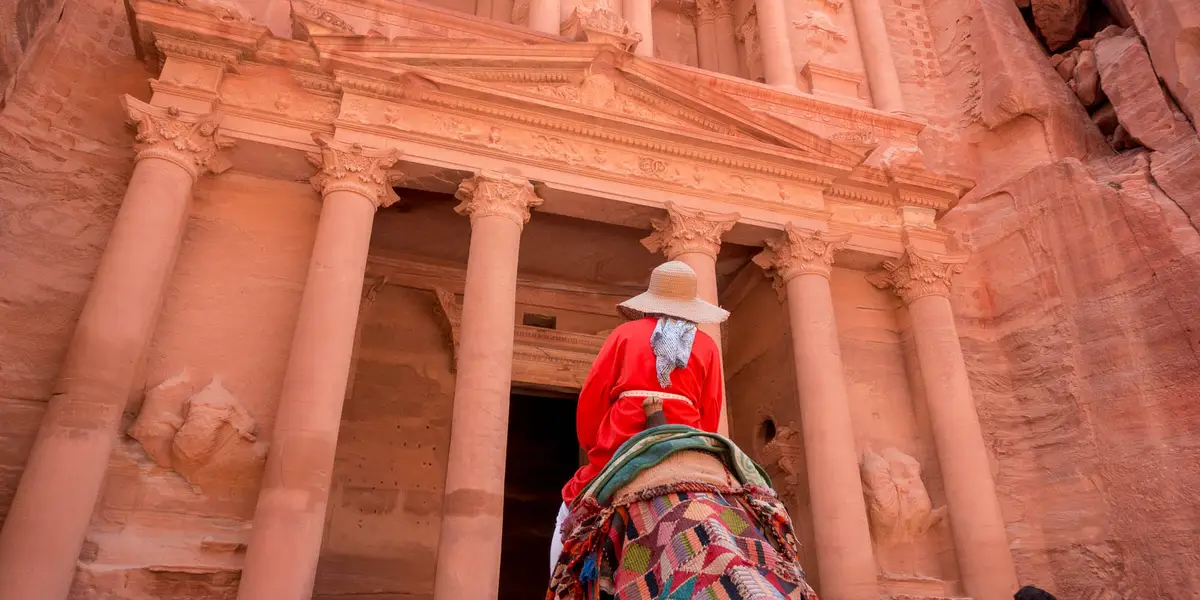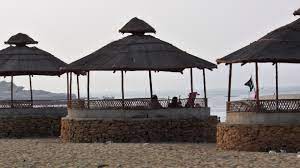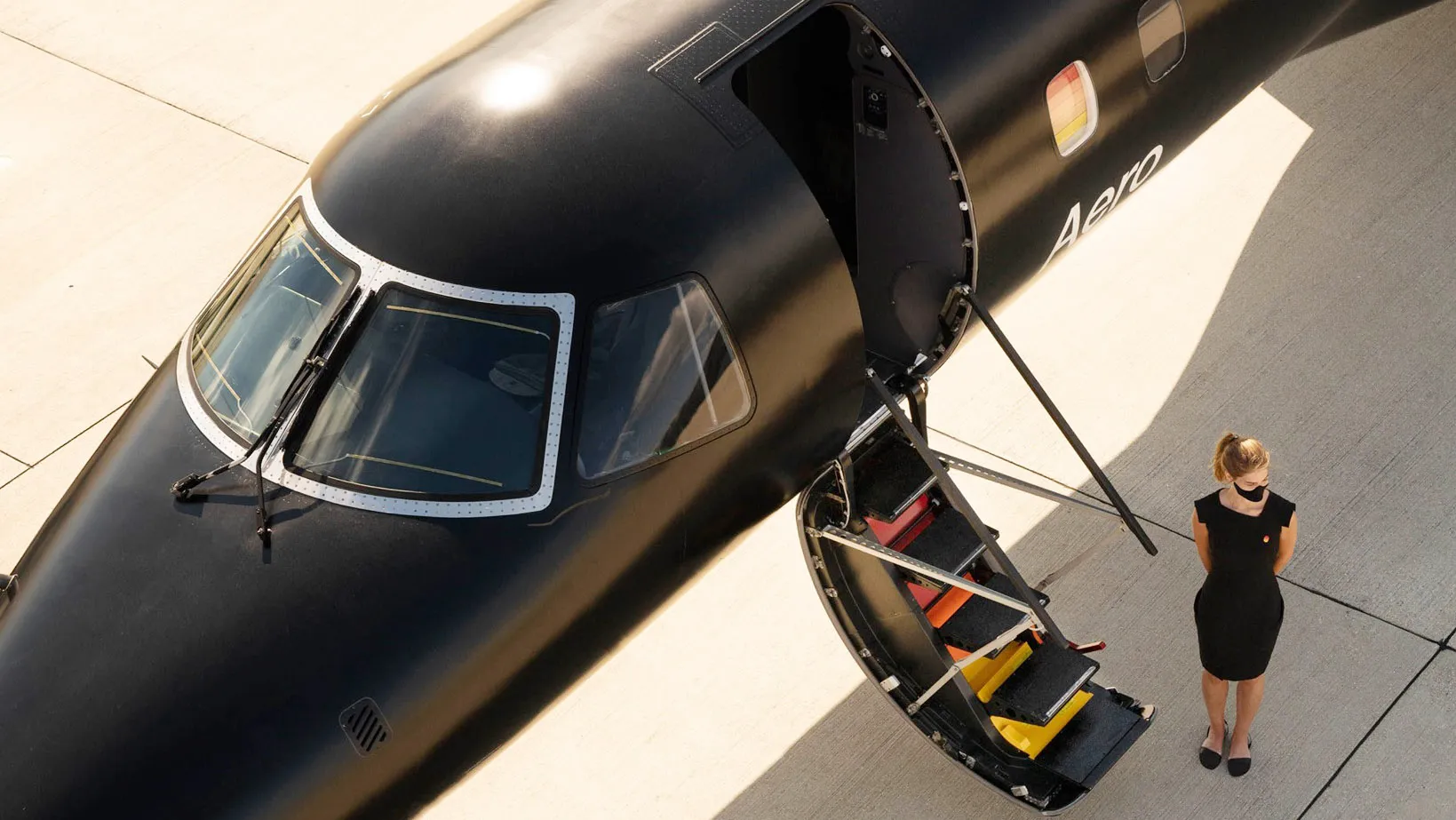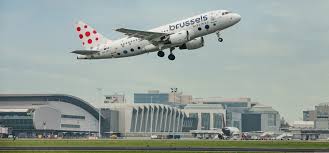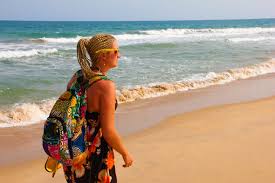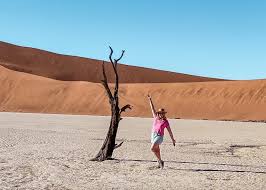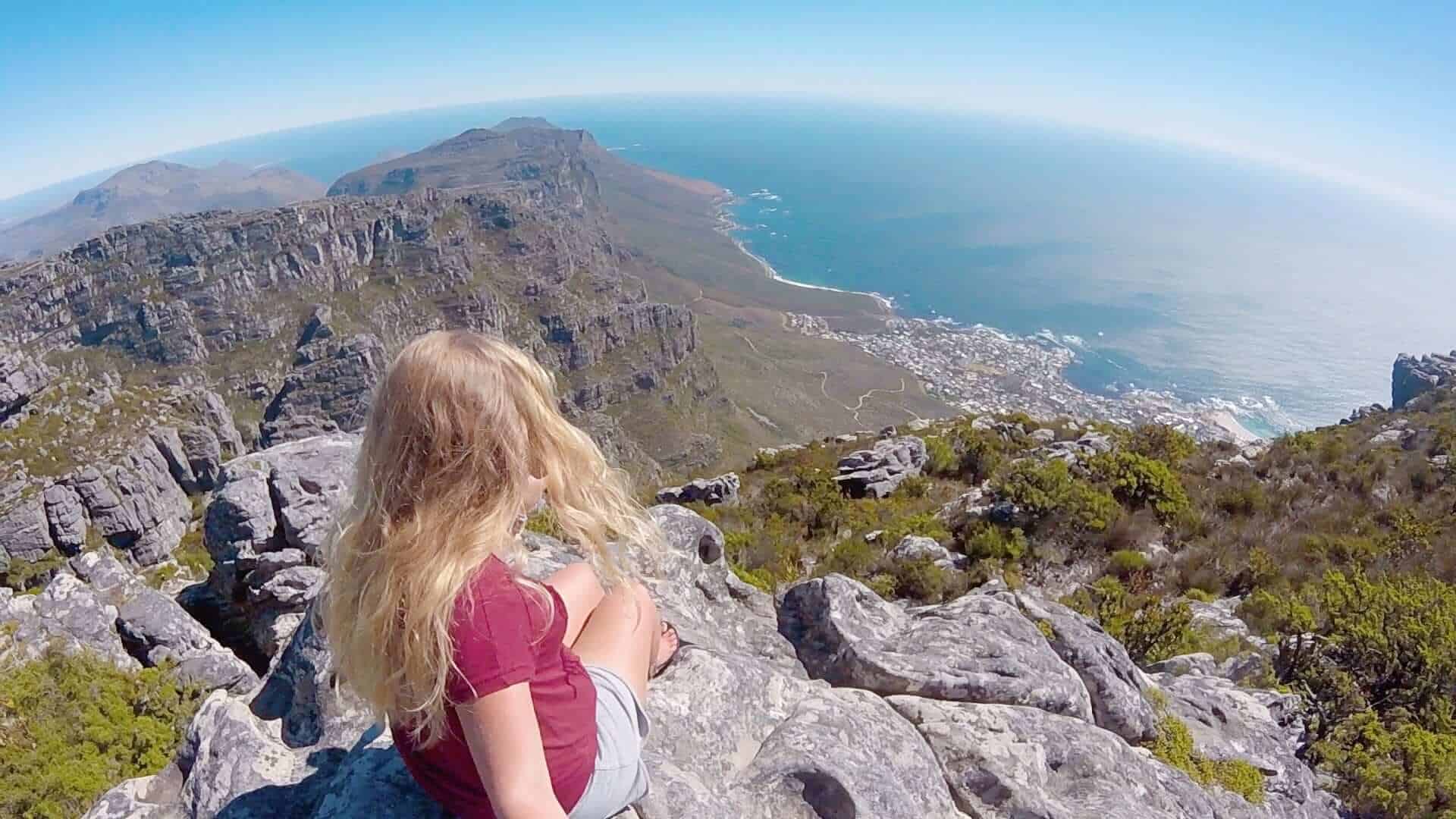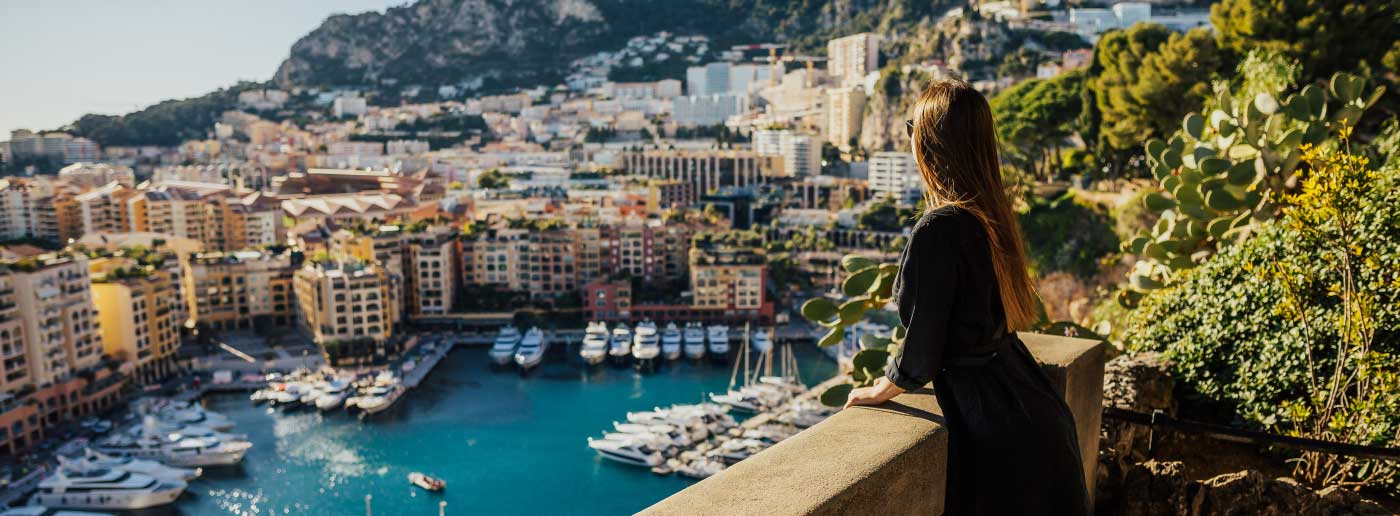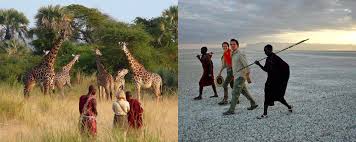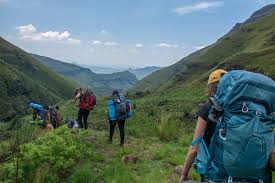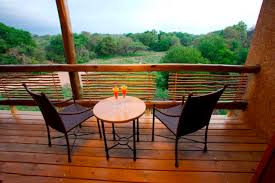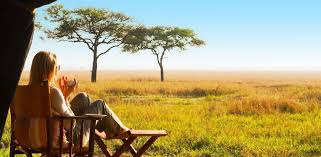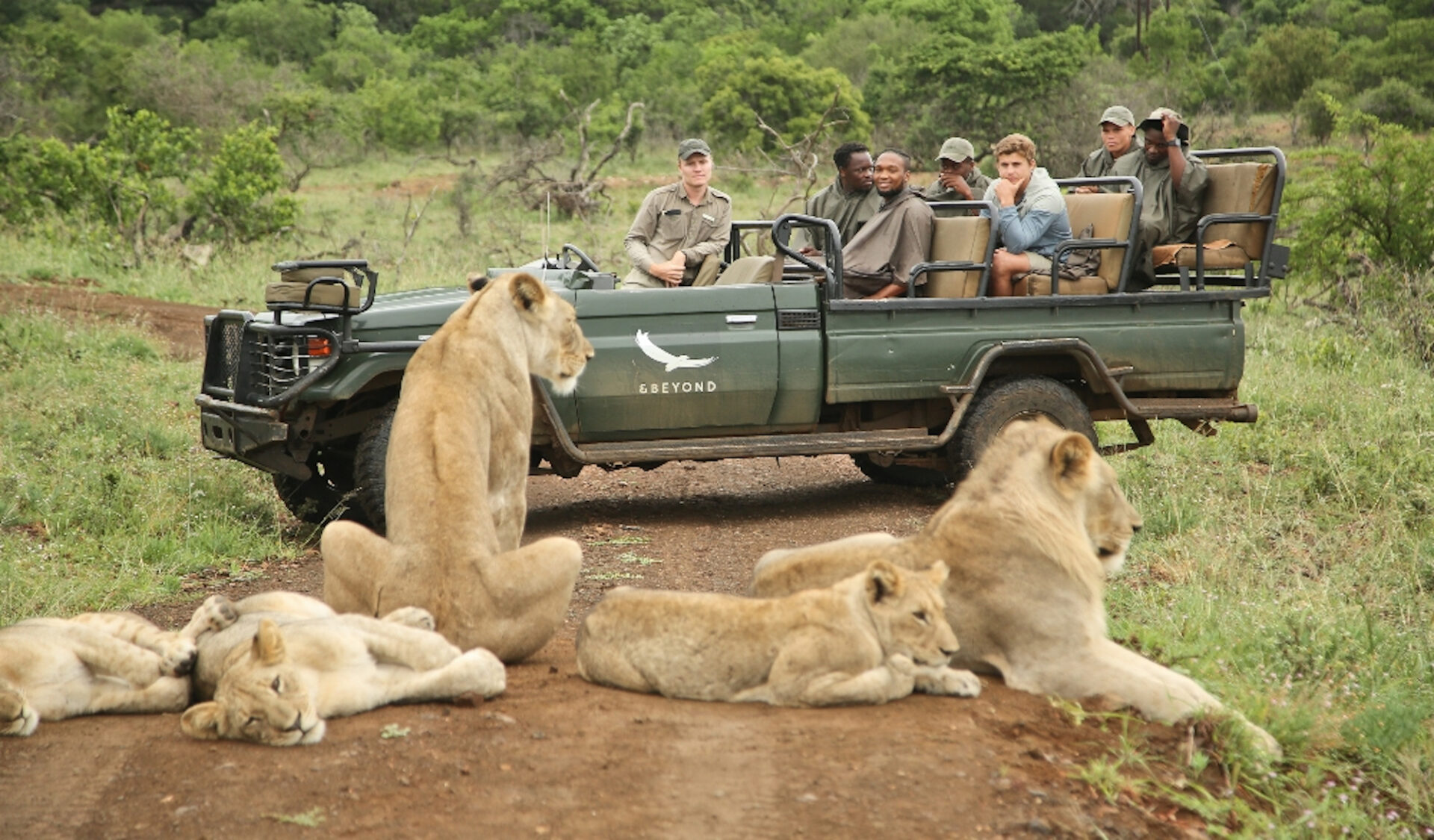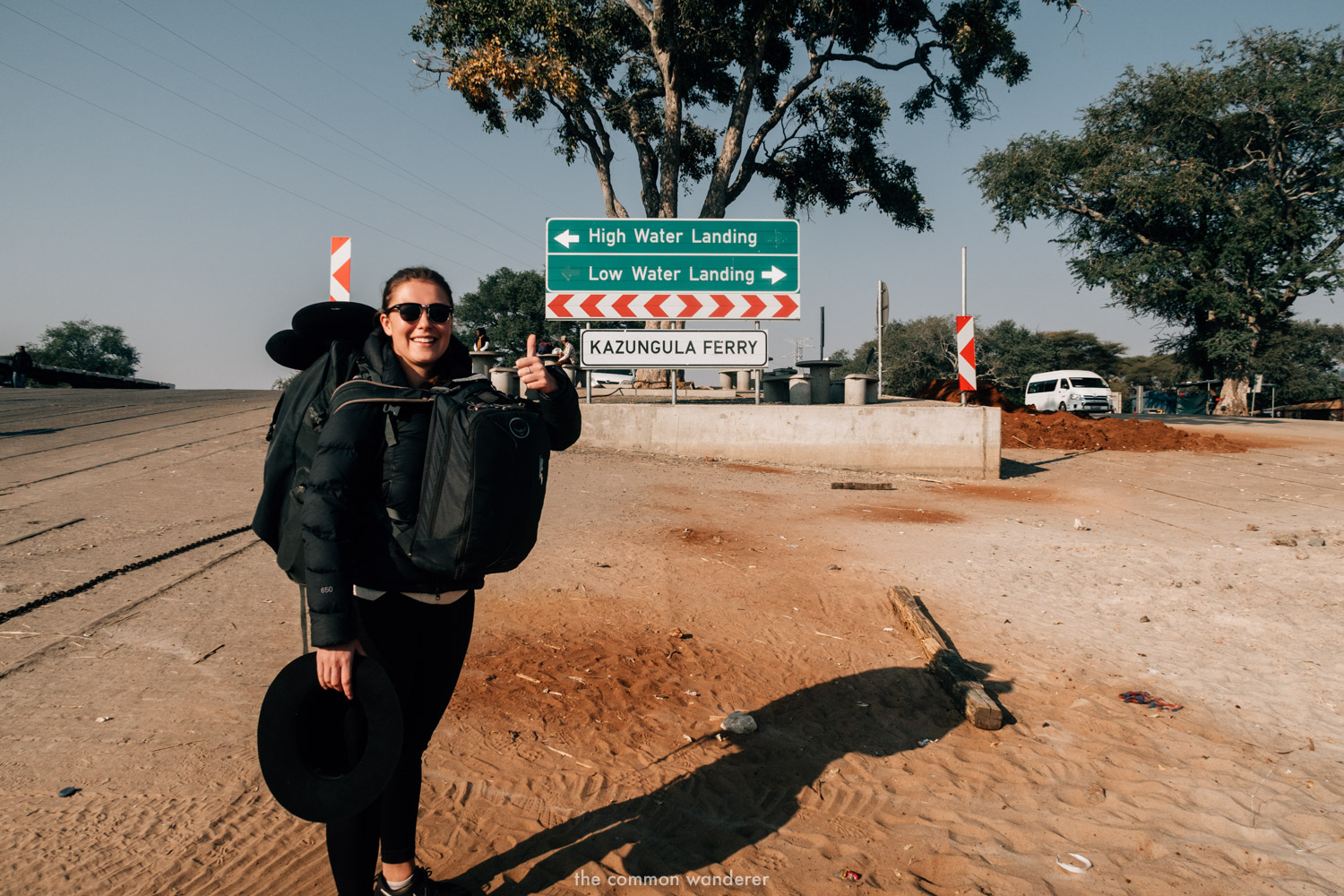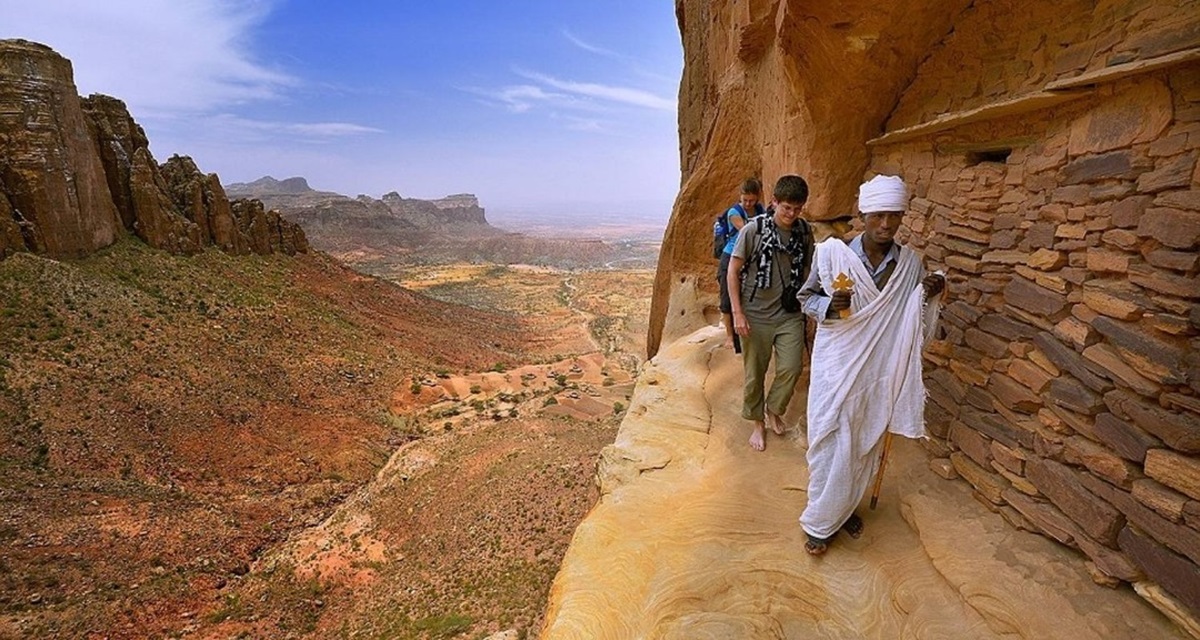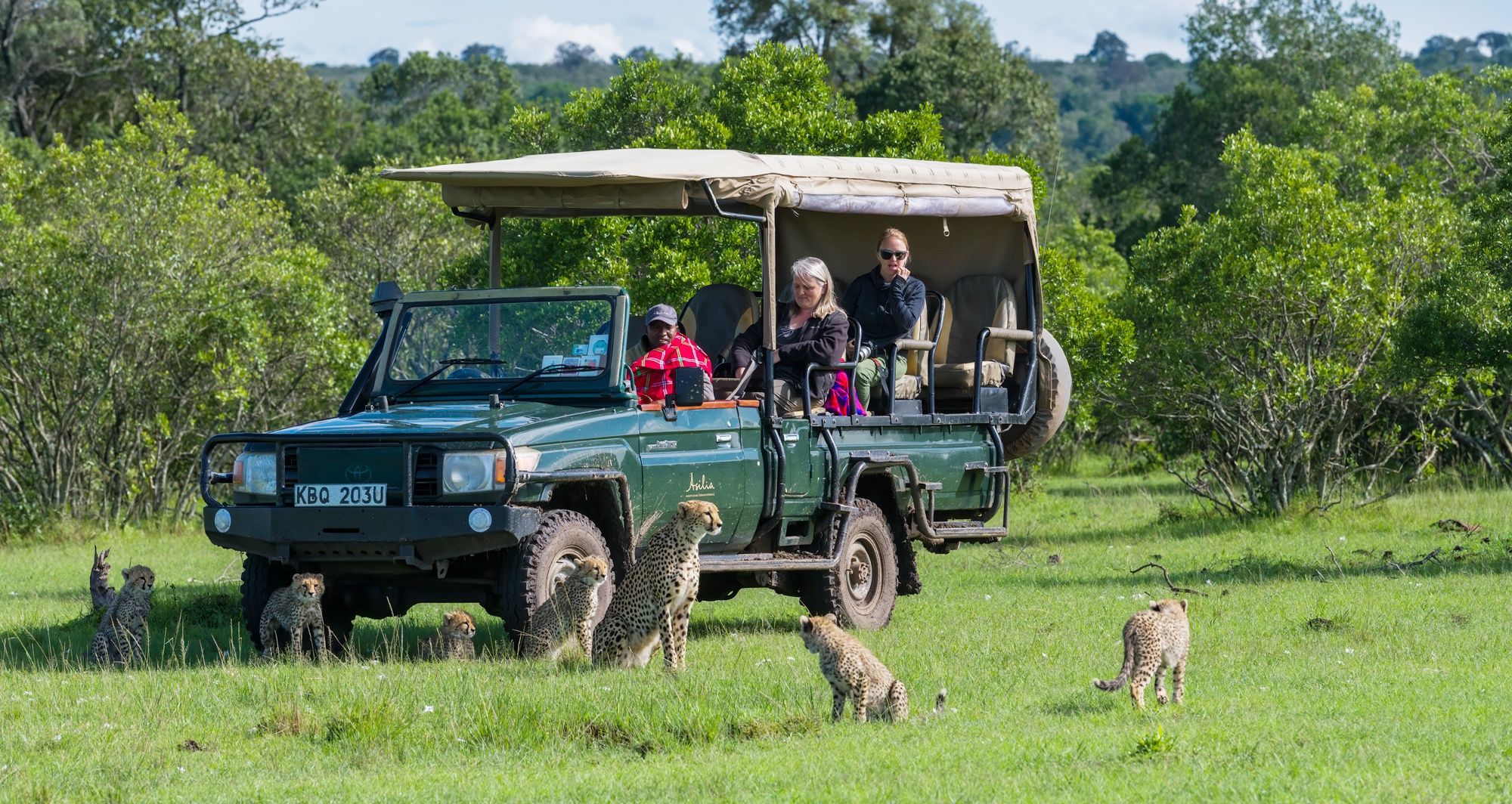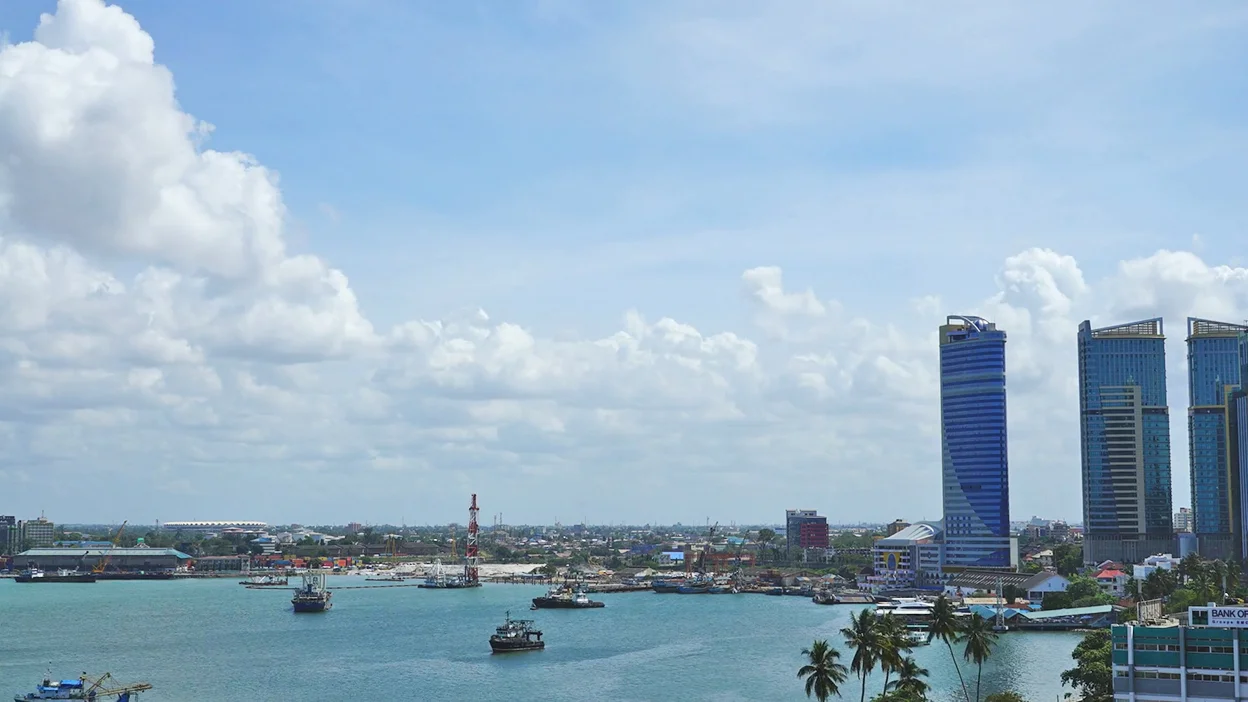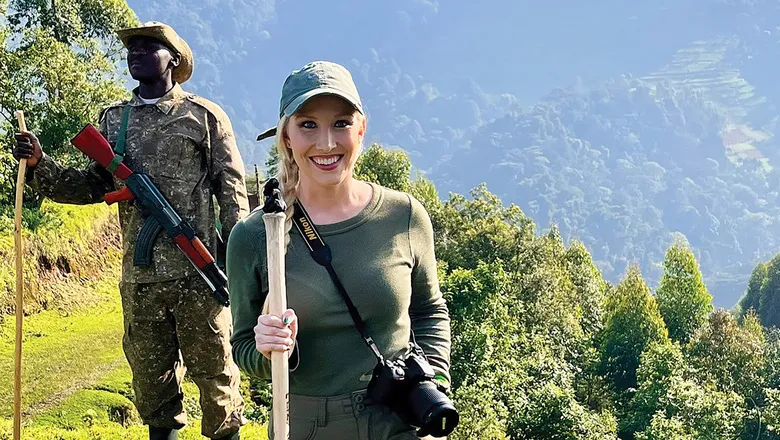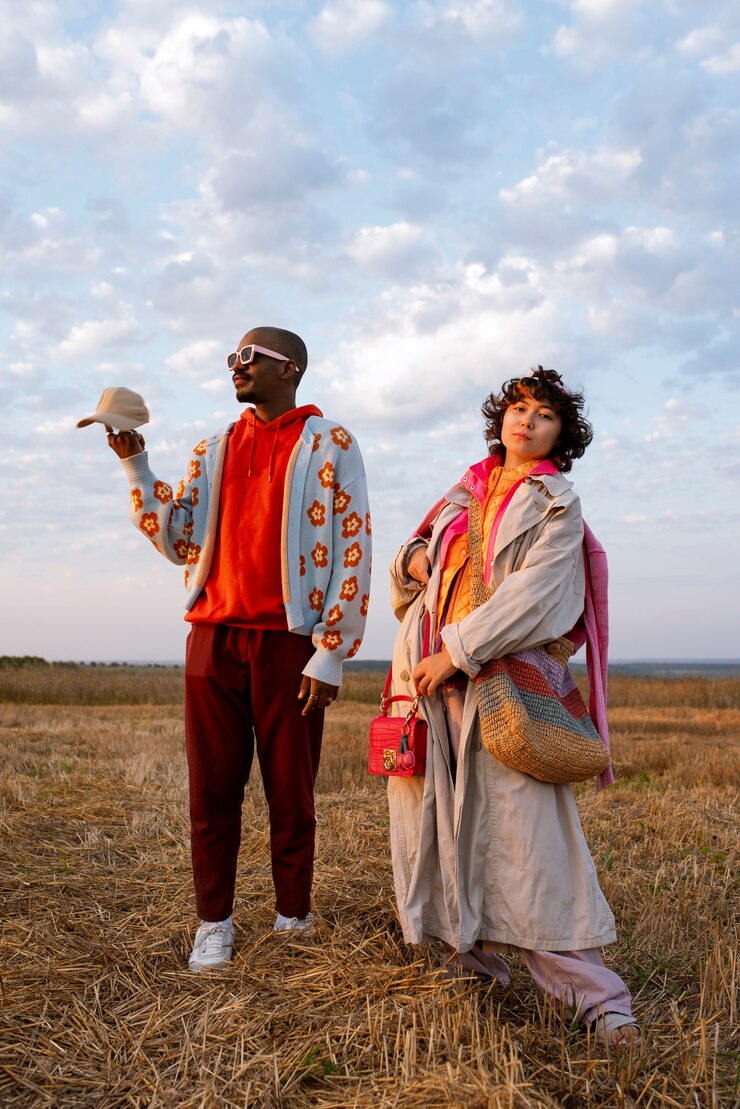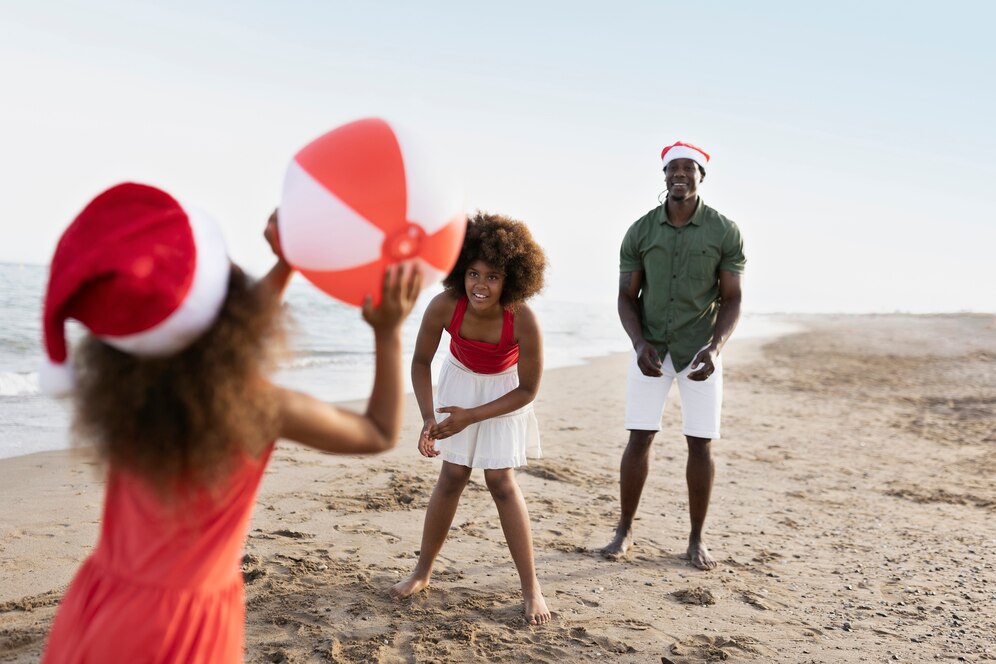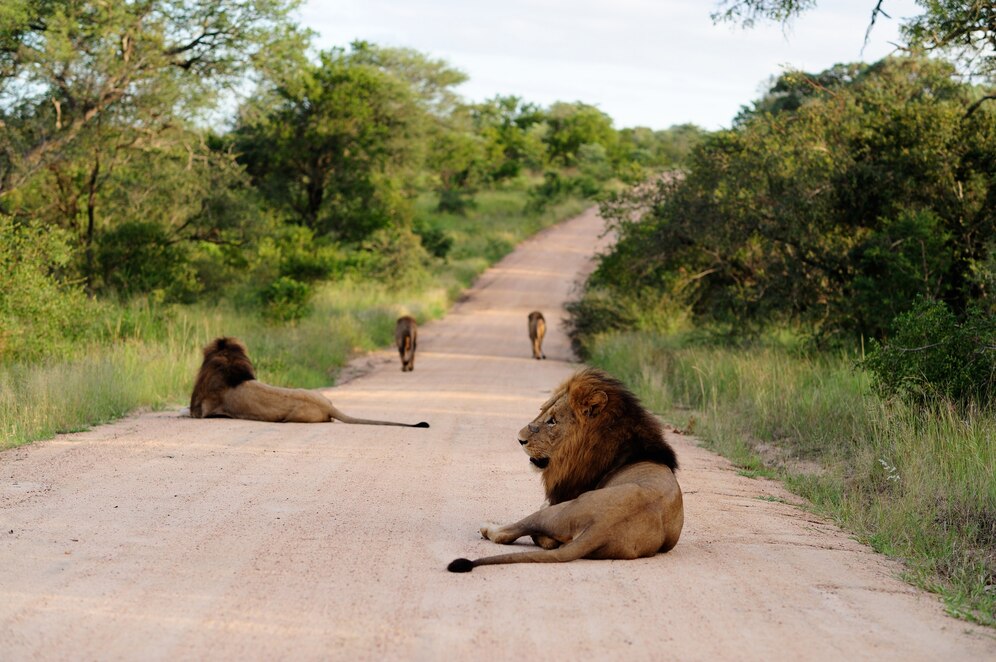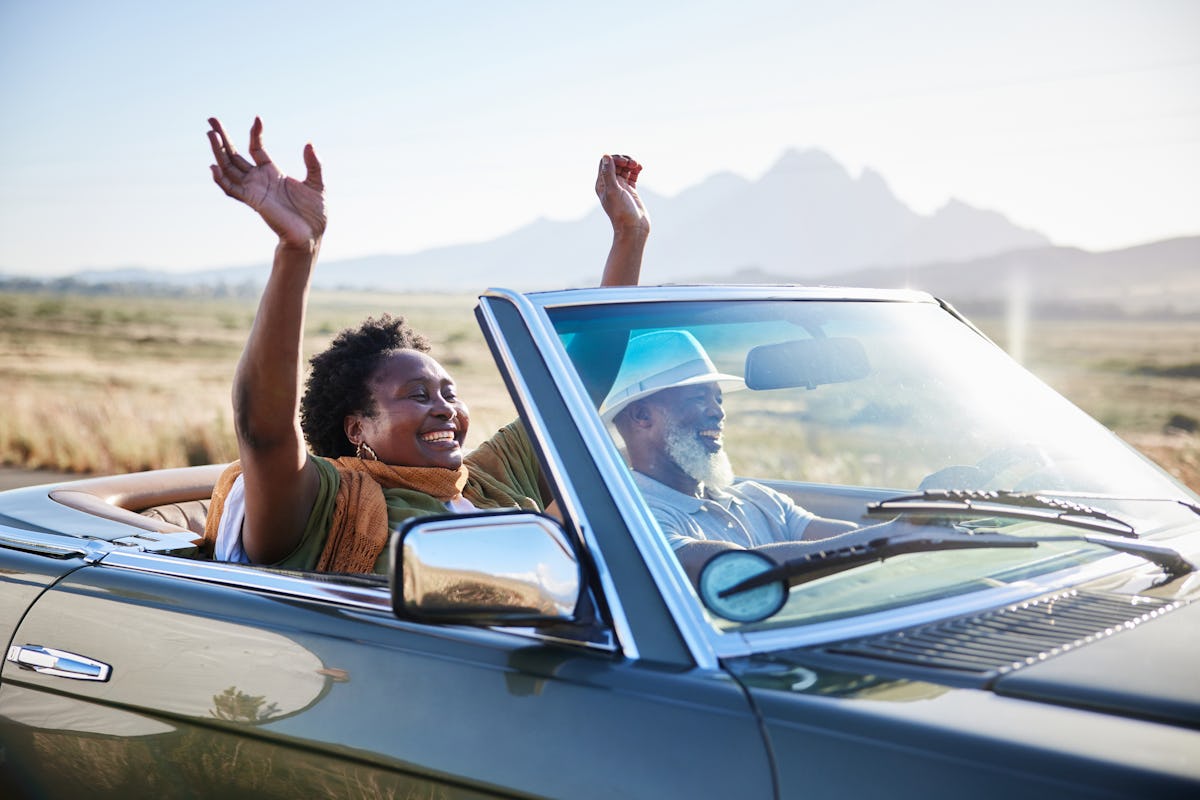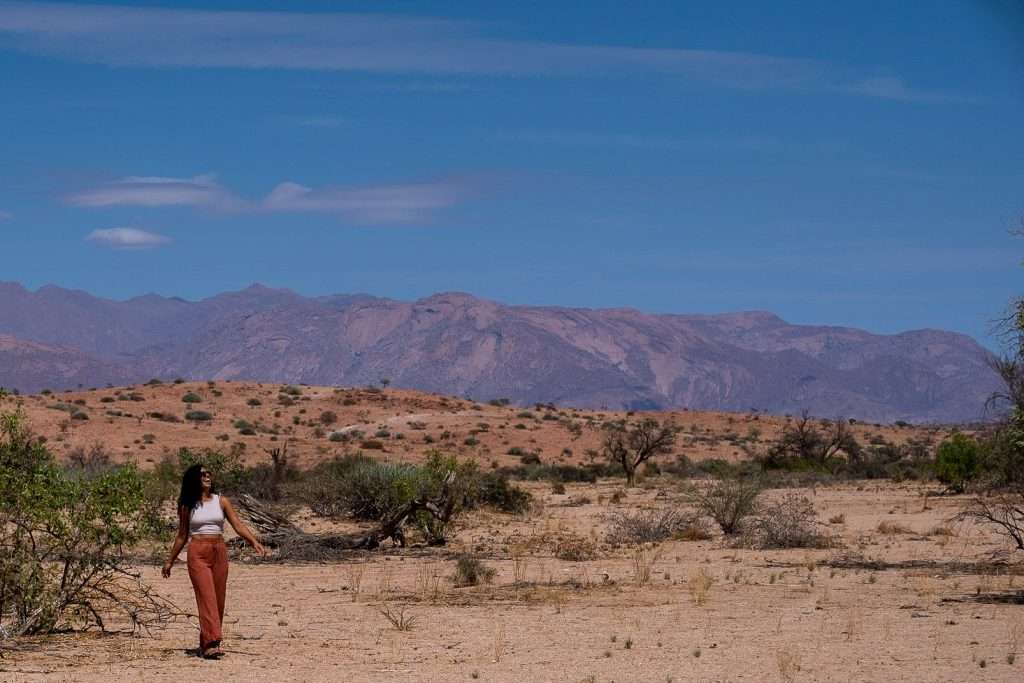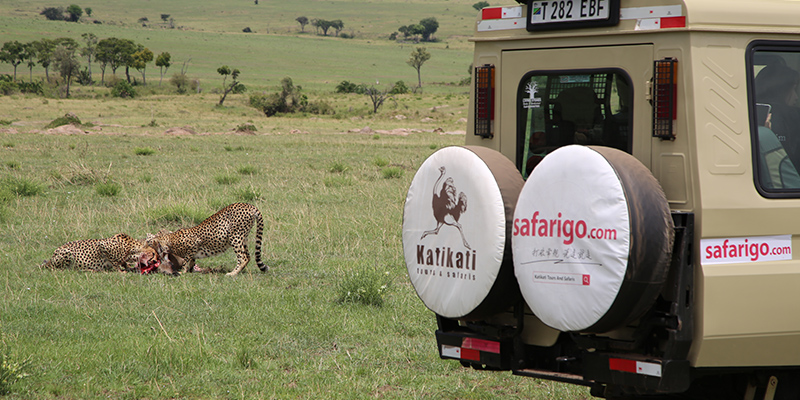
Solo in Namibia: What I Learned Traveling Alone in One of Africa’s Wildest Countries
Is Namibia Safe for Solo Female Travelers? My Real Experience as a Conservationist on the Road Alone
Namibia—wild, vast, and breathtakingly empty—is unlike any place I’ve ever traveled. As a solo female conservationist from New Zealand with a background in ethical wildlife management, I came here not just for adventure, but to visit several nature reserves my organization supports—from the lush Zambezi Strip in the north to the red dunes of the NamibRand Nature Reserve in the south.
Traveling solo through Namibia isn’t just possible—it’s one of the most rewarding journeys I’ve ever taken. But it does come with challenges and realities that anyone, especially solo travelers, need to prepare for.
🌍 Why Travel Namibia Solo?

Namibia is an ideal country for those who crave solitude and raw nature. Wide-open deserts, surreal landscapes, and an abundance of wildlife make it a dream for photographers, ecologists, and thrill-seekers.
What surprised me most wasn’t just the beauty—but how safe I felt, even as a woman traveling alone. With proper planning, some local knowledge, and situational awareness, Namibia can be one of the safest and most fulfilling destinations in Africa.
🚗 Is It Safe to Drive Solo in Namibia?
Short answer: Yes—but only if you’re prepared.
Driving across Namibia is the most practical way to explore it, but it also poses the biggest risk to solo travelers. The distances are vast. Some roads are paved, but many are gravel, deeply corrugated, or sandy, making them tough for those unfamiliar with off-road driving.
Here’s what I learned:
Drive slowly and never rush—especially on gravel roads.
Don’t drive at night. Animals on the road can be a serious hazard.
Check your tires often and ensure you have a working spare.
Carry enough water, fuel, and snacks, especially for remote areas.
A satellite phone or GPS beacon can be life-saving if you’re heading far off-grid.
During my drive through central Namibia, I went over two hours without seeing another vehicle. That kind of solitude is peaceful—until you get a flat tire under a blazing sun. Be ready for anything.
👮♀️ What About Crime and Personal Safety?
Compared to many African countries, Namibia is incredibly safe—especially outside major urban centers. In Windhoek or Swakopmund, take the usual precautions: don’t flash valuables, be mindful of your surroundings, and avoid isolated places after dark.
But once you’re in the wilderness, your biggest concern will be vehicle breakdowns, dehydration, or navigation errors—not other people.
🦓 Why I Traveled With Firearms (and How I Handled It)
Because I was visiting reserves and assisting with wildlife reintroductions and ethical hunting projects, I did have firearms with me at times—legally, with all permits arranged in advance.
Namibia allows hunting for conservation and sustenance under strict guidelines. My work involved helping reserves reintroduce species like giraffes, and advising on how hunting properties could shift towards more sustainable, drought-resistant wildlife management (rather than cattle ranching, which damages fragile arid ecosystems).
If you’re doing similar work, make sure you’ve arranged all transport and licensing well ahead of time. Namibia takes weapon importation seriously, and rightly so.
🐘 Wildlife, Wilderness, and Conservation Wins
I was fortunate to visit several private and community-led conservancies during my trip. The passion and dedication of Namibians to preserve their land—especially during times of drought—is inspiring.
Some of the most memorable moments of my trip:
Watching 26 elephants being relocated to Angola to help repopulate reserves.
Camping under a Milky Way so bright it made the sky glow red.
Witnessing the balance between ethical hunting and wildlife regeneration in practice.
If you’re looking for a blend of adventure, ecology, and purpose—Namibia delivers.
🏕️ Where to Stay: Lodges, Campsites, and Hidden Gems
If you’re traveling solo but still want a slice of comfort, Gondwana Lodges offer stunning accommodation and well-maintained campsites with breathtaking views. While they’re a bit pricier, their support for conservation projects makes it feel like money well spent.
For budget travelers, there are plenty of excellent options with basic amenities and secure campsites across the country. A few of my favorites:

Etosha Safari Camp (just outside Etosha NP)
Spitzkoppe Community Camp
Ngepi Camp in the Caprivi/Zambezi region
💡 Tips for Solo Female Travelers in Namibia
Trust your instincts—but also trust the locals. Namibians are kind, helpful, and proud of their country.
Plan your routes in advance, and share your itinerary with someone you trust.
Always check weather and road conditions—rain can wash out roads in the wet season.
Pack a first aid kit, a wide-brimmed hat, and high-SPF sunscreen.
Stay hydrated—the desert heat is unforgiving.
✨ Final Thoughts: Would I Do It Again?
In a heartbeat.
Namibia changed the way I view solo travel. It’s not just about being alone—it’s about being immersed in silence, in space, in something ancient and untouched.
If you’re considering Namibia as a solo female traveler—whether for conservation work, wildlife photography, or just a soul-searching road trip—don’t let fear stop you. Prepare well, stay sharp, and you’ll come back with more than just memories.
You’ll come back transformed.

